基于蜂窝的窄带物联网的实现毕业论文
2020-07-01 20:49:00
摘 要
由于物联网技术应用行业领域的不断扩展,未来全球成倍增长的设备需要连接到网络中,现阶段的网络通信技术已不能够满足时代发展的需求[2],各个组织、机构正极力寻求新的物联网技术以解决当前发展的难题。NB-IoT(窄带物联网技术,Narrow Band Internet of Things)[4]凭借其连接数量大、覆盖范围广、成本低廉、耗电量低等特点在提出后得到了快速发展。本文主要针对近两年新兴的NB-IoT技术[1]进行分析研究,并根据其工作原理设计实现出基于温湿度传感器的NB-IoT设备应用程序,探索该技术在未来的潜在应用场景。
本文首先会对NB-IoT技术进行相关的介绍,主要包括该技术的发展背景,研究现状,环境的部署策略以及其依赖的网络通讯技术;然后阐述网络部署实现的过程中所需要的一些关键性技术;最后将详细说明NB-IoT网络部署中各个部分的开发实现过程。
关键词:NB-IoT 网络部署 网络通信技术
Cellular based narrowband Internet of things
Abstract
Because of the Internet of things technology application expanding in the field of industry, the future global exponentially devices need to connect to the network, the present stage of network communication technology has won't be able to meet the needs of times development, Organizations and agencies are struggling to find new Internet technology to solve the problem of current development. NB-IoT (Narrow Band Internet of Things)[11] has been developed rapidly since it was proposed due to its large number of connections, wide coverage, low cost and low power consumption. This article mainly aims at the NB - a IoT of nearly two years emerging technology are studied, and according to the working principle of its design implementation based on temperature and humidity sensor NB-IoT equipment applications, to explore the potential application of this technology in the future.
First of all, this paper will introduce NB-IoT technology, including its development background, research status, environment deployment strategy and network communication technology. Secondly, some key technologies are described in the process of network deployment. Finally, the development and implementation process of each part of NB-IoT network deployment is described in detail.
Key words: NB-IoT; Network deployment; Network communication technology
目 录
摘 要 Ⅰ
Abstract Ⅱ
目 录 Ⅲ
第一章 引言 1
1.1 发展背景 1
1.2 研究现状 2
1.3 研究内容 2
1.4 主要内容及文章结构 3
第二章 技术介绍 4
2.1 NB-IoT技术 4
2.1.1 网络部署 4
2.1.2 部署场景 5
2.1.3 空口技术 7
2.1.4 PSM和eDRX技术 7
2.1.5 优势 9
2.2其他应用技术 9
2.2.1 HTTPS接口 9
2.2.2 WebSocket技术 9
第三章 设计方案 11
3.1 终端设备开发 11
3.1.1 终端设备的配置 11
3.1.2 硬件程序 14
3.2 IoT平台 17
3.2.1 OceanConnect开发者portal平台 17
3.2.2 注册我的设备 18
3.2.3 设备profile开发 18
3.2.4 编解码开发 22
第四章 应用端 24
4.1 IoT平台数据的推送 24
4.1.1 HTTPS接口鉴权 24
4.1.2 IoT平台的订阅 25
4.1.3 推送数据的获取 26
4.1.4 总结 27
4.2 WebSocket技术推送数据到客户端 27
4.2.1 websocket server搭建 27
4.2.2 消息推送 28
4.2.3 总结 29
4.3 前端页面的设计 29
4.3.1 获取显示原始数据 30
4.3.2 实时更新数据 31
4.3.3 总结 32
第五章 系统展示 33
第六章 总结与展望 37
6.1 总结 37
6.2 展望 37
参考文献 38
致谢 40
第一章 引言
本章主要讲述NB-IoT技术的发展历程,以及对本文进行了一个较为全面的概括,阐述了每章所讲的大概内容。
发展背景
物联网是个日新月异、发展潜力无限的领域,物和物,物和人之间的连接成为我们日常生活中不可分割的一部分,如滴滴打车,运动手环,共享单车等应用极大的方便了我们的生活。虽然物联网依靠互联网技术不断发展了十余年之久,但距离人们所需求的万物互联的时代还有一定的差距。
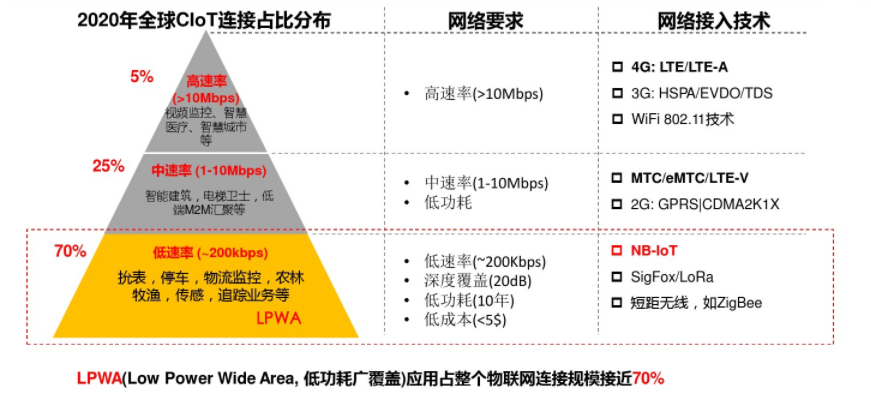
图1.1 三种物联网传输速率需求
相关图片展示:
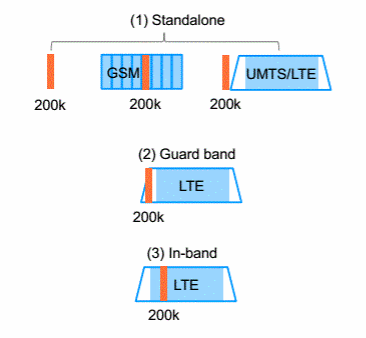

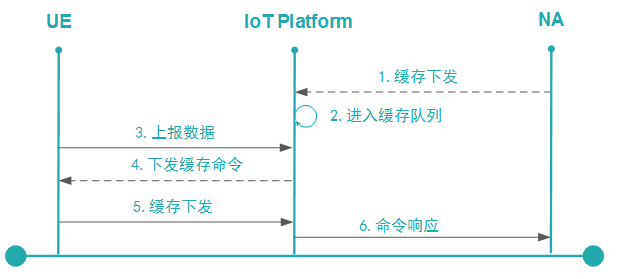

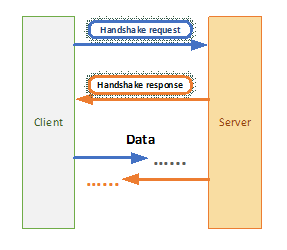
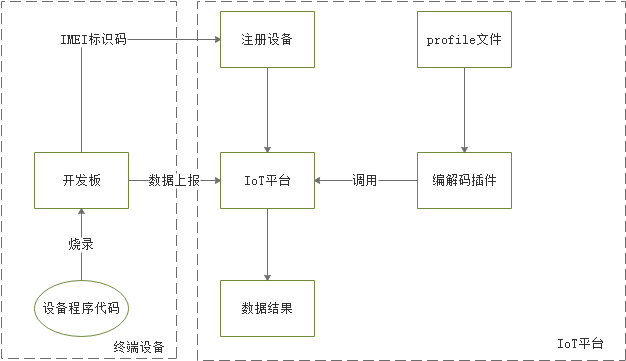
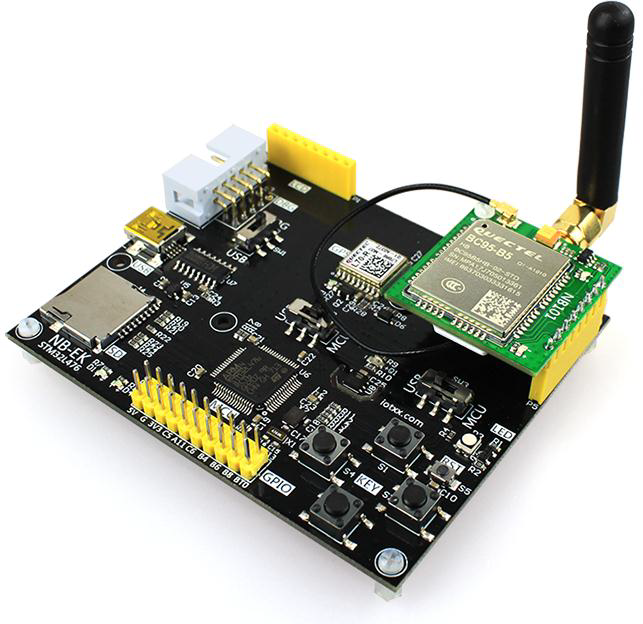
课题毕业论文、开题报告、任务书、外文翻译、程序设计、图纸设计等资料可联系客服协助查找。



